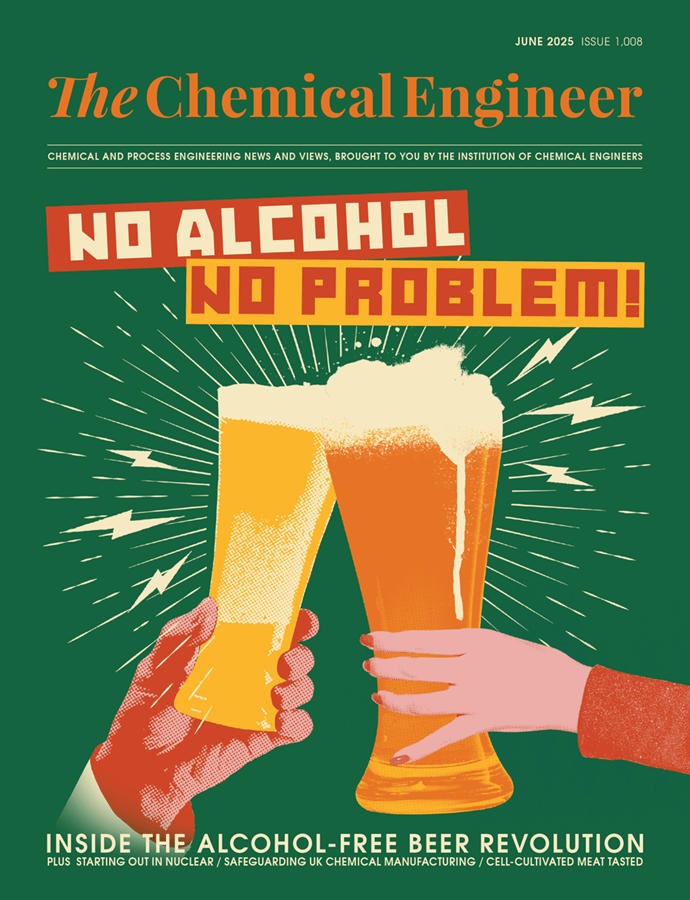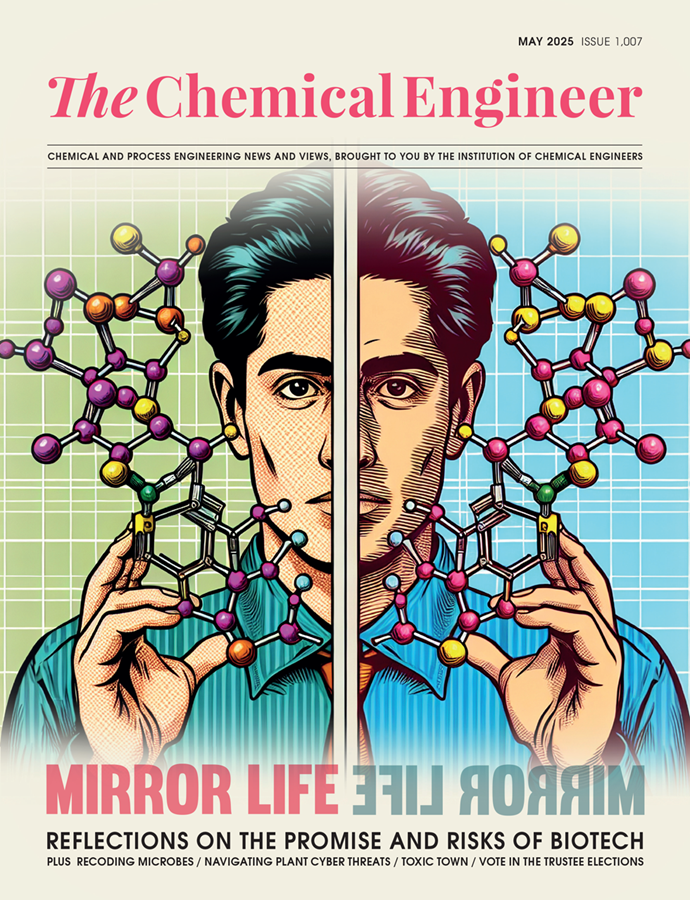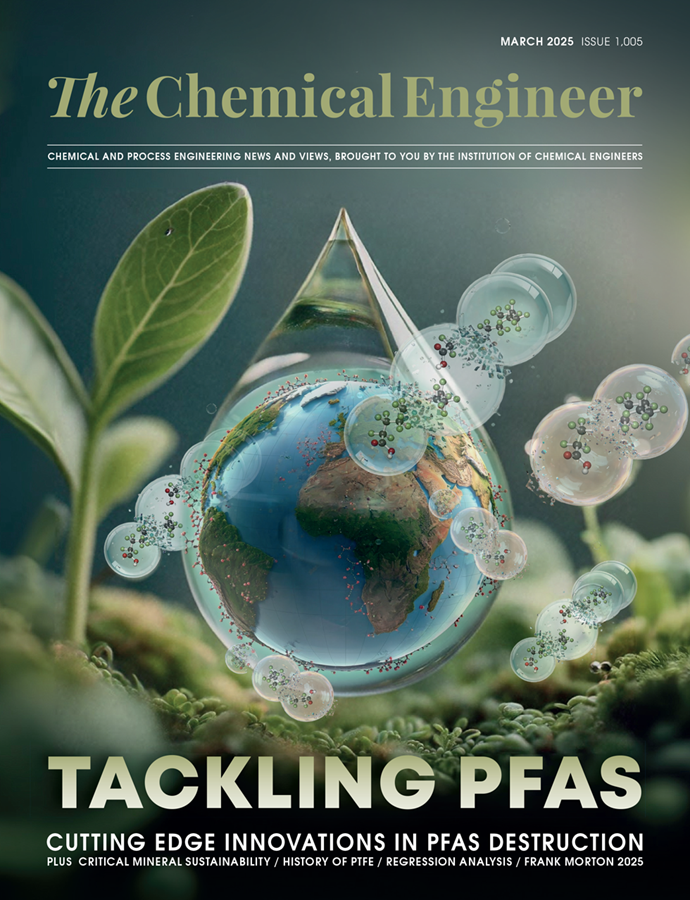Energy Saviours: Part 2
Tom Baxter shares some further ways for operations and design engineers to boost efficiencies in upstream oil and gas
AS A follow up to the feature “Energy Saviours” (issue 927, September 2018), this article explores further opportunities for energy saving relating to upstream oil and gas unit operations and equipment. As I said in the previous article, I believe chemical engineers have a hugely significant role to play in decarbonising the environment and reducing other harmful gaseous emissions. I remain to be convinced that CCS is required to meet the UK’s carbon reduction goals. My preferences for emissions reduction are: use less energy; if we need energy it should be from renewables; if we have to burn something, make it hydrogen; use low carbon synthesis routes, eg steel and cement; and for difficult carbon emissions, offset them with land use.
It should be noted that, while the focus of this article is based on my experience in oil and gas, the findings are applicable across the process industries.
Emission sources

Gas turbine energy supply
For many production sites the major power source is a simple cycle gas turbine (GT). The gas turbines are normally fired by hydrocarbon fuel gas taken from the production trains. When fuel gas is not available, during startup for example, the turbine can operate on diesel fuel.
The principle of the GT is the Brayton cycle as shown in Figure 2. Air is drawn in through inlet filters and compressed in stages by an axial compressor, and then passes to the combustion chamber.

Fuel and air are combusted, and a portion of air used as a thermal diluent to cool the outer surfaces of the combustion chamber and the turbine nozzles.
The combusted hot gases are expanded through nozzles and fed into a power turbine that drives an alternator or rotating plant.
Recent Editions
Catch up on the latest news, views and jobs from The Chemical Engineer. Below are the four latest issues. View a wider selection of the archive from within the Magazine section of this site.




